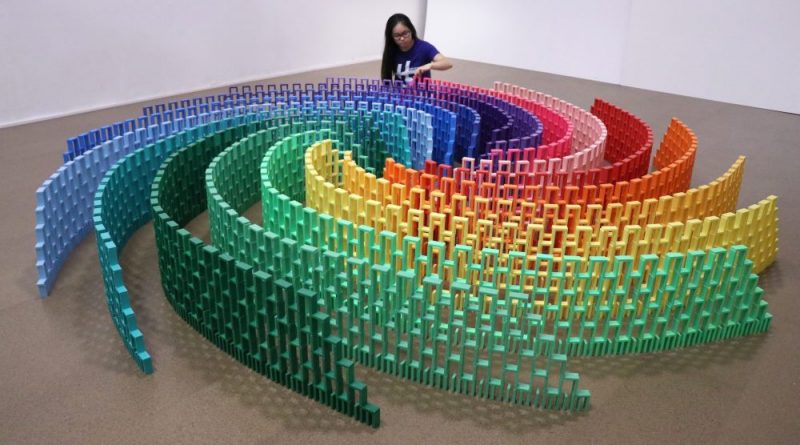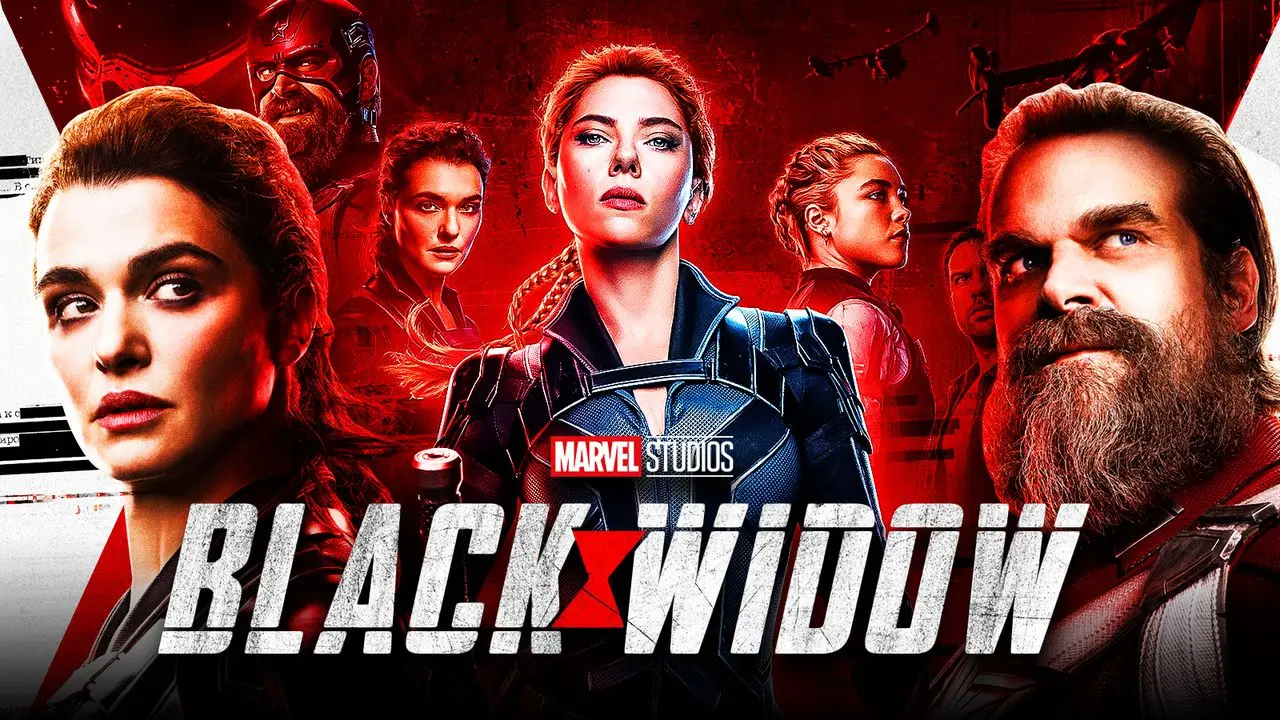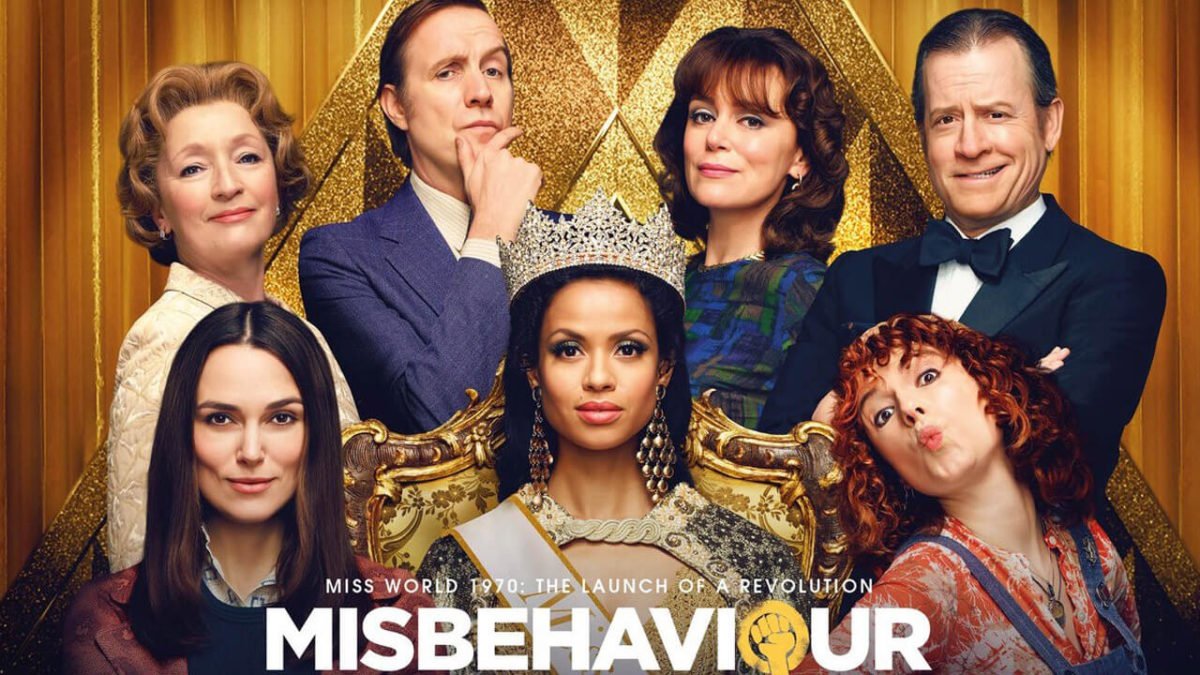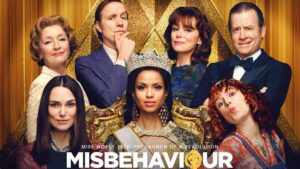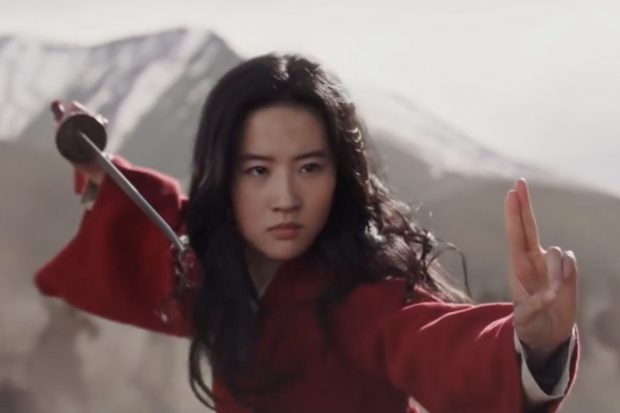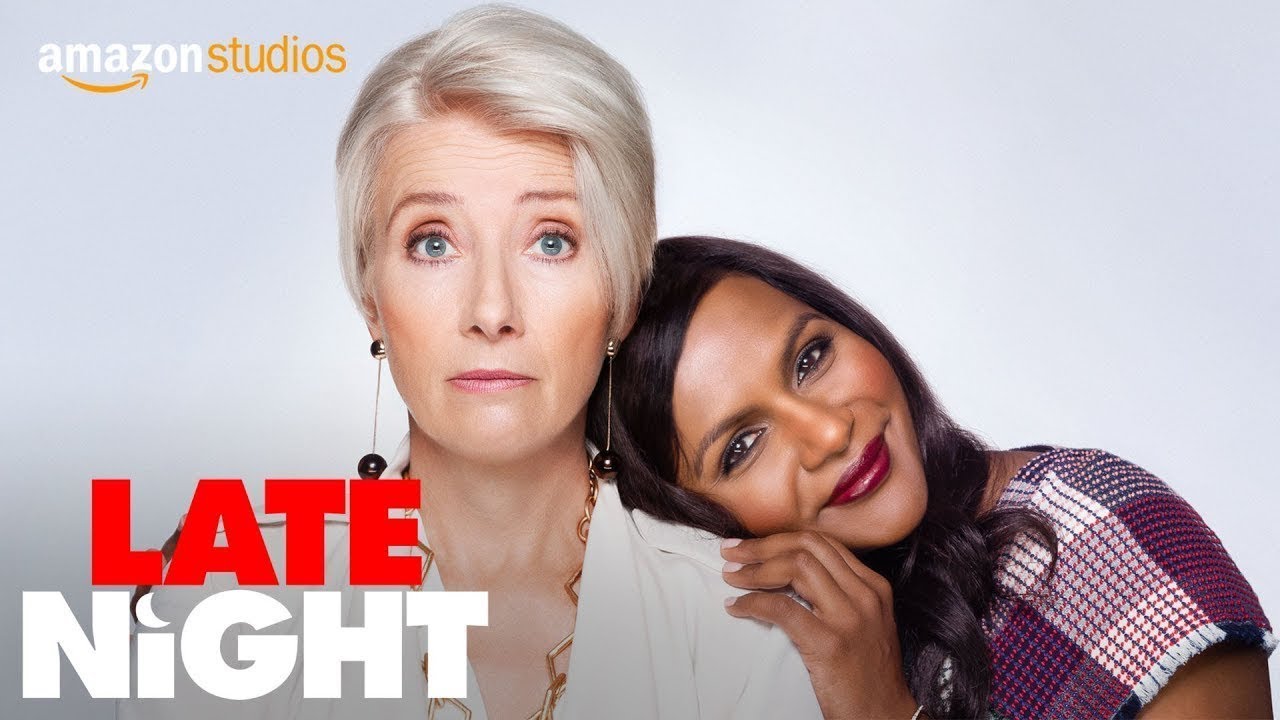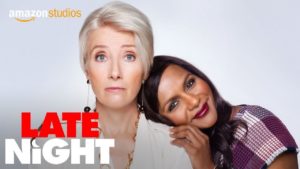Lily Topples the World
Posted on September 1, 2021 at 4:36 pm
B +| Lowest Recommended Age: | 4th - 6th Grade |
| MPAA Rating: | Not rated |
| Profanity: | None |
| Alcohol/ Drugs: | None |
| Violence/ Scariness: | References to the stresses of international adoption |
| Diversity Issues: | A theme of he movie |
| Date Released to Theaters: | August 28, 2021 |

Lily Hevesh was born in China and made available for adoption there, likely due to the country’s one-child policy. Her mother tells us she had some abandonment issues as a young child. When she was very young, she discovered a deep love for creating extended, complex designs with dominoes, and then knocking them down. When she arrived at Rensselaer Polytechnic institute as a freshman, no one knew that she was an internationally renowned “domino artist,” and the only one at the top level who was female. Her nom de domino is Hevesh5, the five standing for her family, her parents and two siblings.
This documentary follows Hevesh as she makes the difficult decision to drop out of college to follow her dream and as that dream unfolds, not with the precision and predictability of what she calls “beautifully intricate chain reactions.” But that’s the difference between dominos and dreams. Hevesh’s biggest dream is to have her own line of brightly colored plastic dominoes that meet her exacting specifications for better stability, texture, and satisfying clink when they get knocked over.
There really is something mesmerizing about watching hundreds of thousands of precisely placed plastic pieces fall down. And Hevesh’s designs are undeniably works of both art and engineering, some of them including Rube Goldberg-style contraptions. Her work comes to the attention of social media and Hollywood, and we see a gigantic installation she does for Jimmy Fallon and her red carpet appearance for “Collateral Beauty,” where she created an on-screen domino set-up for star Will Smith. (In an interview with me, the screenwriter for that film compared the dominoes to Buddhist mandalas.)
Director Jeremy Workman is unobtrusive, letting Lily tell her own story, letting her show us her passion, dedication, and vulnerability. Her work is stunning. But the more important message of the film is that each of us should find something that inspires and centers us as much as dominoes do for Hevesh5.
Parents should know that this film includes discussion of international adoption and the impact it has on a child who might feel abandoned. We also see Lily Hevesh dealing with stress.
Family discussion: Why do you think Lily loves dominoes so much? Which is your favorite of her installations? Why do people like to see them fall down?
If you like this, try: Lily Hevesh’s videos on YouTube — and try to make your own build and collapse installation.

